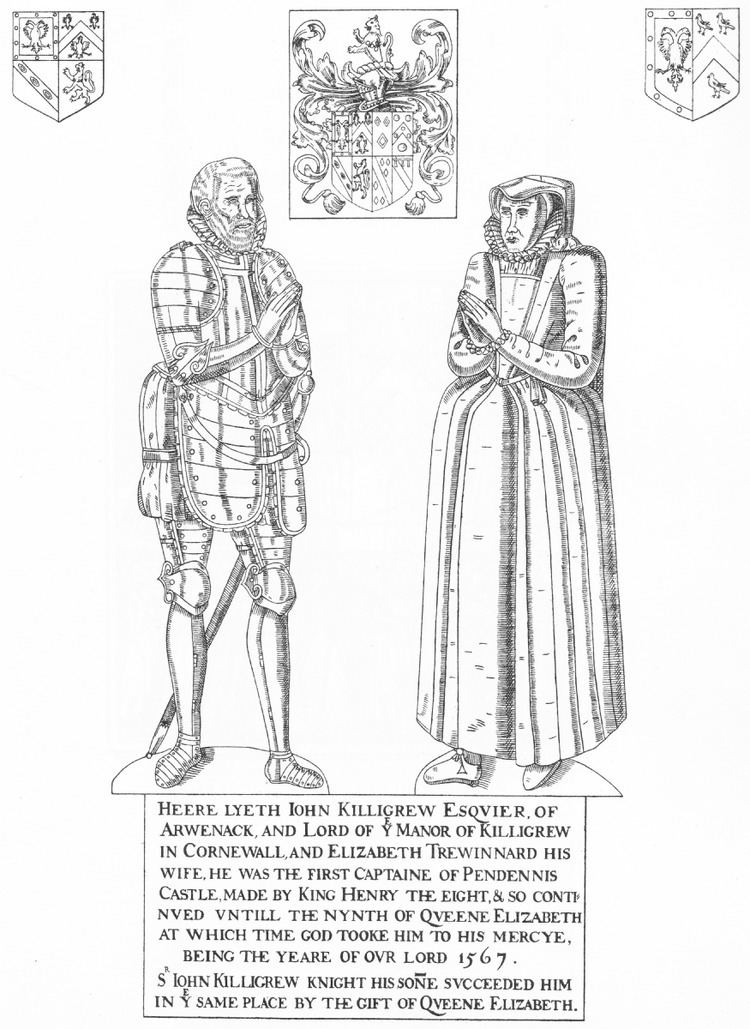 | ||
The Governor of Pendennis Castle was a military officer who commanded the fortifications at Pendennis Castle, part of the defenses of the River Fal and Carrick Roads, on the south coast of Cornwall near Falmouth. Originally fortified under Henry VIII, defenses in the area were intermittently maintained through World War II. The office of governor was abolished in 1837, when Gen. Anderson received the colonelcy of the 78th Regiment of Foot.
Contents
Governors of Pendennis Castle
The early Governorship was a quasi-hereditary office, whose holders were as follows:
Lieutenant-Governors of Pendennis
References
Governor of Pendennis Castle Wikipedia(Text) CC BY-SA
